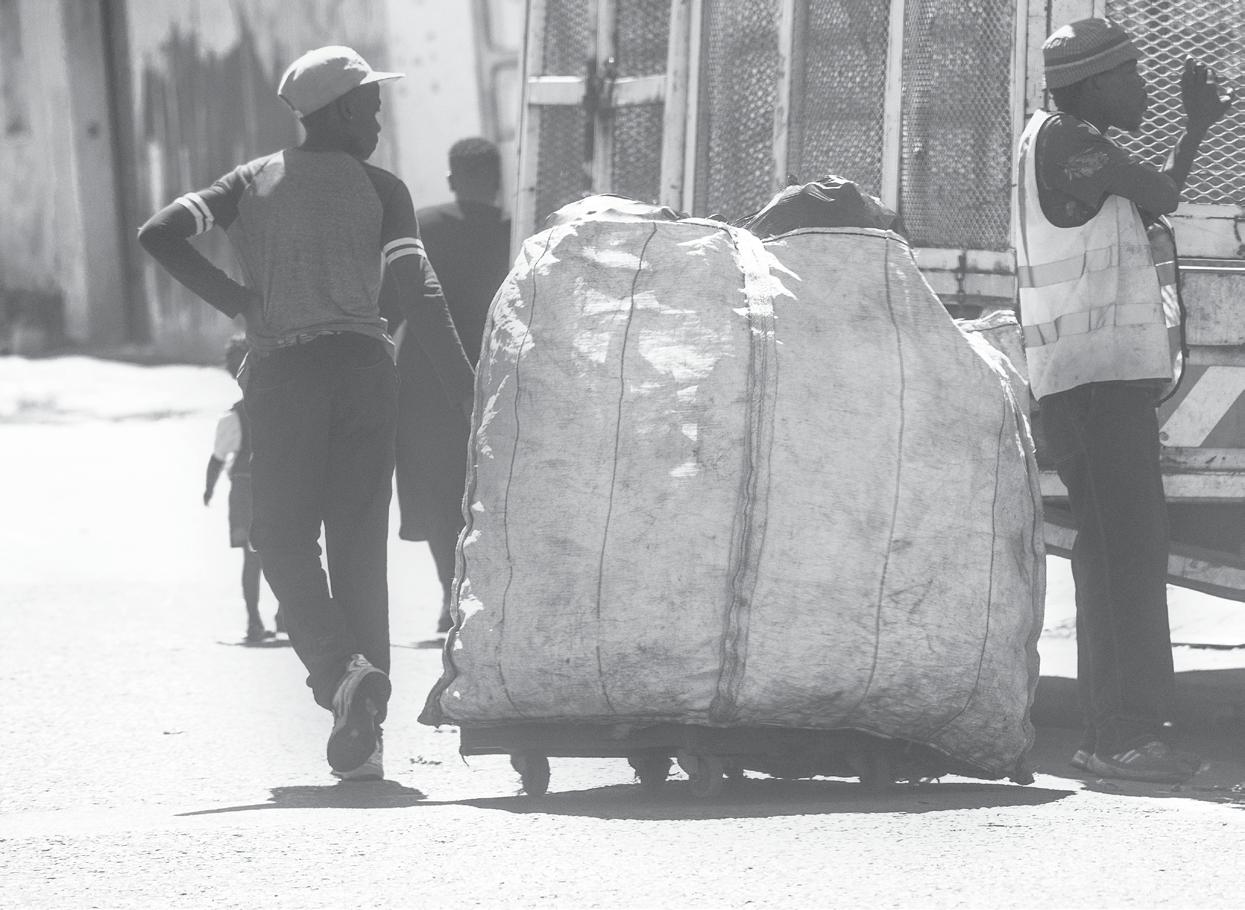M U N I C I PA L F O C U S | G A U T E N G
Future planning at City of Johannesburg The City of Johannesburg (CoJ) collects about 1.6 million tonnes of waste each year and, just like many other Gauteng municipalities, it is experiencing waste disposal and management challenges. This is primarily due to the lack of landfill capacity and alternative waste disposal facilities.
J
ohannesburg currently has four landfills with an estimated remaining life of roughly five years. Speaking at the Institute of Waste Management of Southern Africa’s Waste Crisis in Gauteng seminar, Makhosazana Baker, director: Waste Management and Regulation, CoJ, says the city’s waste management problems largely stem from three main issues: • increasing waste volumes coupled with diminishing landfill space • environmental pollution and degradation • u nsustainable waste practices and uncoordinated waste planning/policy implementation. Baker says, going for ward, the CoJ’s target is to reduce waste to landfill through waste minimisation and recycling, and to develop alternative waste treatment technology projects to treat over some 800 000 tonnes of waste per year. This is 50% of municipal waste. The CoJ plans to do this through a threepronged approach: 1. Promoting separation at source 2. D eveloping alternative waste treatment technologies 3. R educing waste to landfill through waste minimisation.
18
M AY 2 0 2 0
|
ReSource
Separation-at-source models
Waste-to-energy project
A separation-at-source programme (S@S Programme) was piloted in 2009, at the Water val depot. It was then rolled out in additional CoJ depot areas using a cooperative model in low- to middle-income areas in 2013. The model included 25 cooperatives, which were appointed and managed through a memorandum of understanding. Using this model, Pikitup was only responsible for providing a caged truck with a driver, plastic bags and a sor ting facility. It was then up to the cooperatives to provide their own labour, distribute bags, collect recyclables, sor t and sell recyclables for their own financial benefit, and repor t waste diversion tonnages to Pikitup. In 2017, a private sector model was introduced, whereby two companies became responsible for the entire waste collection and management process. They repor t tonnages to Pikitup as waste diversions and, in return, Pikitup pays ser vice providers on a rate per household basis. Baker says both models are currently under review due to high running costs and the CoJ is looking into a single model, which will be based on a rate per tonne diver ted instead of the current rate per household.
This project was initiated in 2007 and a contract was signed to implement the project over the next 20 years. Feasibility studies were completed on six sites, with five of those found to have enough gas to generate electricity. The CoJ is currently commencing with a public-private partnership (PPP) procurement stage. This will not only result in a drastic reduction of waste to landfill but will also be instrumental in the generation of renewable energy and creation of jobs. “The general scope of this project is to provide the City of Johannesburg with a waste treatment technology facility. It will accept and treat 500 000 tonnes of municipal solid waste per annum,” says Baker. Renewable energy generated from the project will be fed into the municipal grid, offsetting largely



















